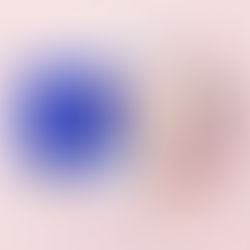Lettering and Coptic Binding
- amyphippsillustrat
- Jan 12, 2018
- 2 min read
Hand lettering is an important skill to have within the illustration industry and many people are often on the look out for illustrators with skills in typography and lettering. There's not much point in doing a beautiful illustration if you are just going to accompany it with your basic handwriting (unless you have the stereotypical handwriting of an illustrator) - it drastically brings down the "wow factor" and you're left with something that can look slightly boring and sloppy, as if you just gave up half way through. This is why it's so important to practice your typography.

Learning how to do different styles also opens up your options and allows you to really make a feature of your type. It's a useful skill when it comes to things like designing posters and book covers, which require an illustrative design but also include a lot of written information. Nobody wants to look at a poster where someone has just scribbled on the information in their normal handwriting and typed it out in a bog standard font.

So in order to get my practice in, I made a little book using a Coptic stitch, which makes a really lovely plaited binding up your book. Another great thing about the Coptic binding technique is that no matter what page you are on, your book will always open flat. It was often used in larger books such as Bibles so that the pages were easy to open and lay flat, no matter how many there were.

Because this book was so small it was difficult to show the Coptic stitch in detail, but if you look carefully you can slightly see the plait-like affect that is starting to take place. Had I added more pages, it would have been a lot more defined.
At first I did struggle with the lettering, but I took inspiration from my Pinterest board (I will leave a link at the bottom of this post) and decided to take on a basic collaging technique. Although they're quite basic, I think they're quite affective and perhaps if, in the future, I use some sort of overprinting technique to get a bit more detail around the edges, it could bring it to life a bit more.
Here are some images of the inside of my typography book:


For the front and back cover, I wanted to try something different and so I took a more delicate approach.


I really like how the front and back cover turned out, as they juxtapose the inside lettering nicely.
Here's my Pinterest board for hand lettering and typography: https://www.pinterest.co.uk/aphipps98/lettering/























Comments